BLOG #143 3/15/16

As a “rotating” intern, in my first two weeks after after graduating from medical school, I delivered 120 babies on the maternity ward at Cook County Hospital, in Chicago. The experience has stayed with me for all the years since, and was a prime motivator for my photographic studies of pregnancy (http://howardschatz.com/books.php?galleryID=50) and newborns (https://howardschatz.com/books.php?galleryID=32).
Twenty-five years ago, I began to make photographs of women at the end of their pregnancy and then their newborns. I made contact with pregnant women through doctor friends from my days as a physician. When I photographed women close to their delivery dates for my book on pregnancy, I asked them to come back with their babies, as soon as possible.
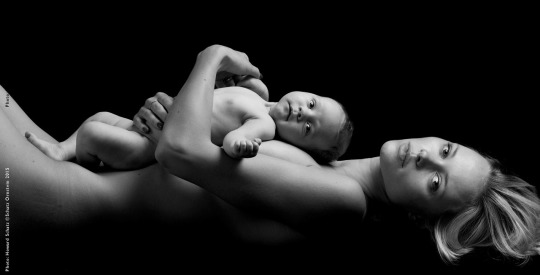
New mothers, some of whom came to the studio just a few days after giving birth, arrived cradling their new, tiny human beings who had just entered the world. I had explained to each mother that the entire photographic session would be done with full consideration for her newborn; we would not hurry, we would stay relaxed, everything would be warm and mellow. We provided an area in the studio that was private, quiet, and comfortable, with a changing table. I told the mother to feed her child and not stop until the child was no longer interested. When the baby becomes bored with that, I said, then we’ll make photos.

“Feed your baby until she gets bored” was my only suggestion to the mothers.
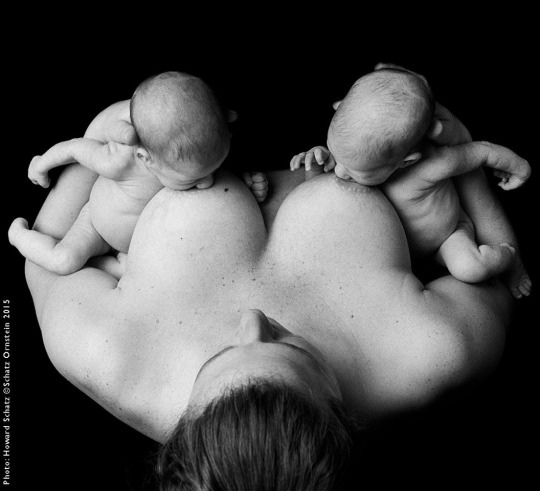
Every experience working on this project was unique. Identical twins: like genetic mirror images.

Some newborns have a great deal of hair at birth—this will fall away in the ensuing A 12-hour old full-blooded Navajo Indian newborn that I photographed at the Indian Medical Center in Gallup, New Mexico.
The mother placed the baby, wearing only a diaper, down on the velvet, while I made sure the lights, exposure, and camera settings were all set. Then the mother removed the diaper and I began making photographs. With the first few flashes, most of the babies had a slight twitch, a sudden reflex. I reassured the mother this was normal and that the baby would stop reacting to the light. After three or four flashes, there were only blinks.

I discovered that newborns are natural models. Their central nervous systems are constantly firing off randomly, so they’re constantly moving and changing poses. Often, one needs only to have the camera set correctly, to look through the view finder, focus and shoot. Every image made is different from the next.

Moving constantly: natural models.
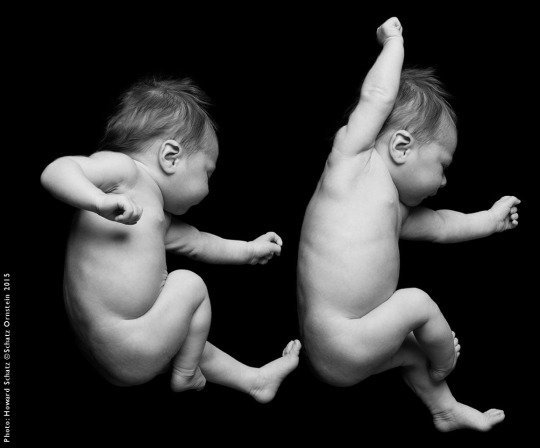
Movement
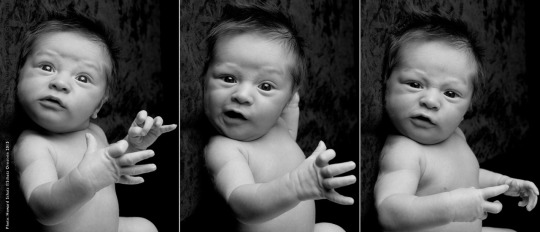
Faces, alive with movement.
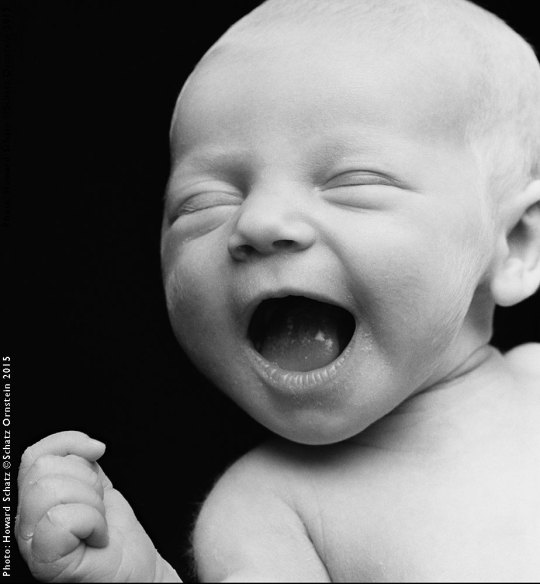
Everyone has an “explanation” for when a baby smiles. Sorry, it is just the brain firing off randomly; sort of trying out all the things it will do on purpose one day.
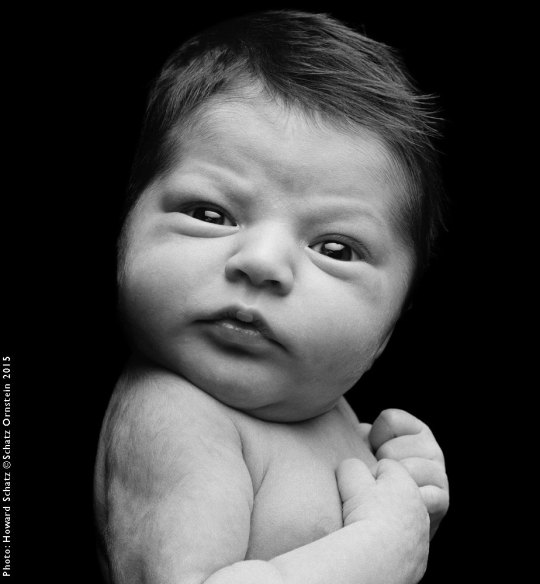
Despite appearance, this baby is not looking at my camera; newborns do not see well, able to detect only light and motion. I simply lined up my camera with her eyes.
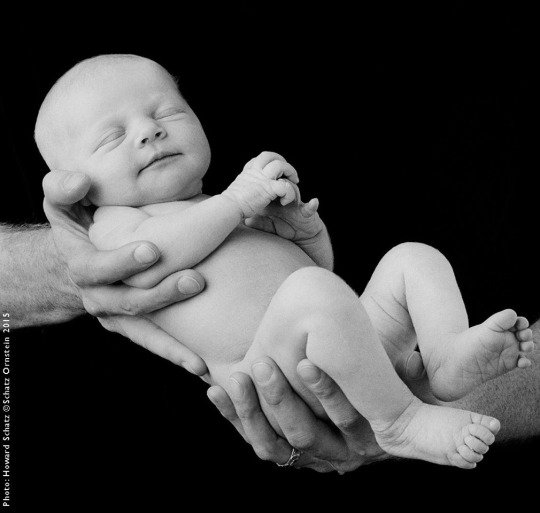
The set was so warm and calm, that on occasion, newborns fell asleep.
In some cases I included the new mothers in the photographs; in a way these images are quite different from the solo newborn photographs.
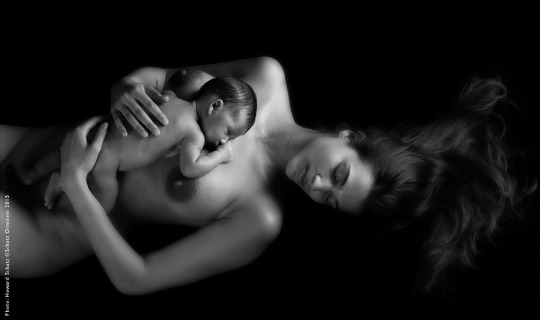
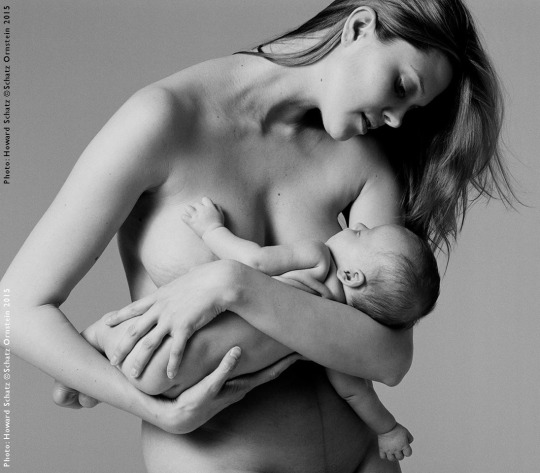
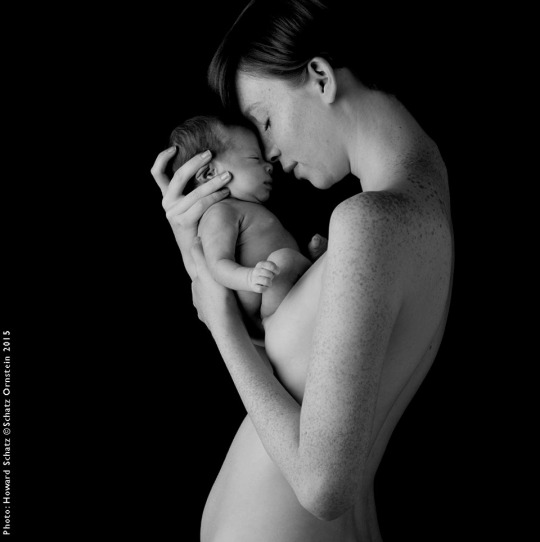
After the photography sessions I told each mother that I would send some of the images we made and asked her to return with her child in a year and then every year, after that, around their birthday. Those images make for an entirely new and different project that is still ongoing, with the working title “Growing Up.”
A 20-year “Growing up” study.“

Glitterati Incorporated, the publisher of the Retrospective, Schatz Images: 25 Years is now offering the two- book boxed set at a discount from the original price. The set comes with an 11″x14” print of the buyer’s choice.
Click here for information about the Retrospective:
http://schatzimages25years-glitterati.com
To view more of my work, visit my website.
